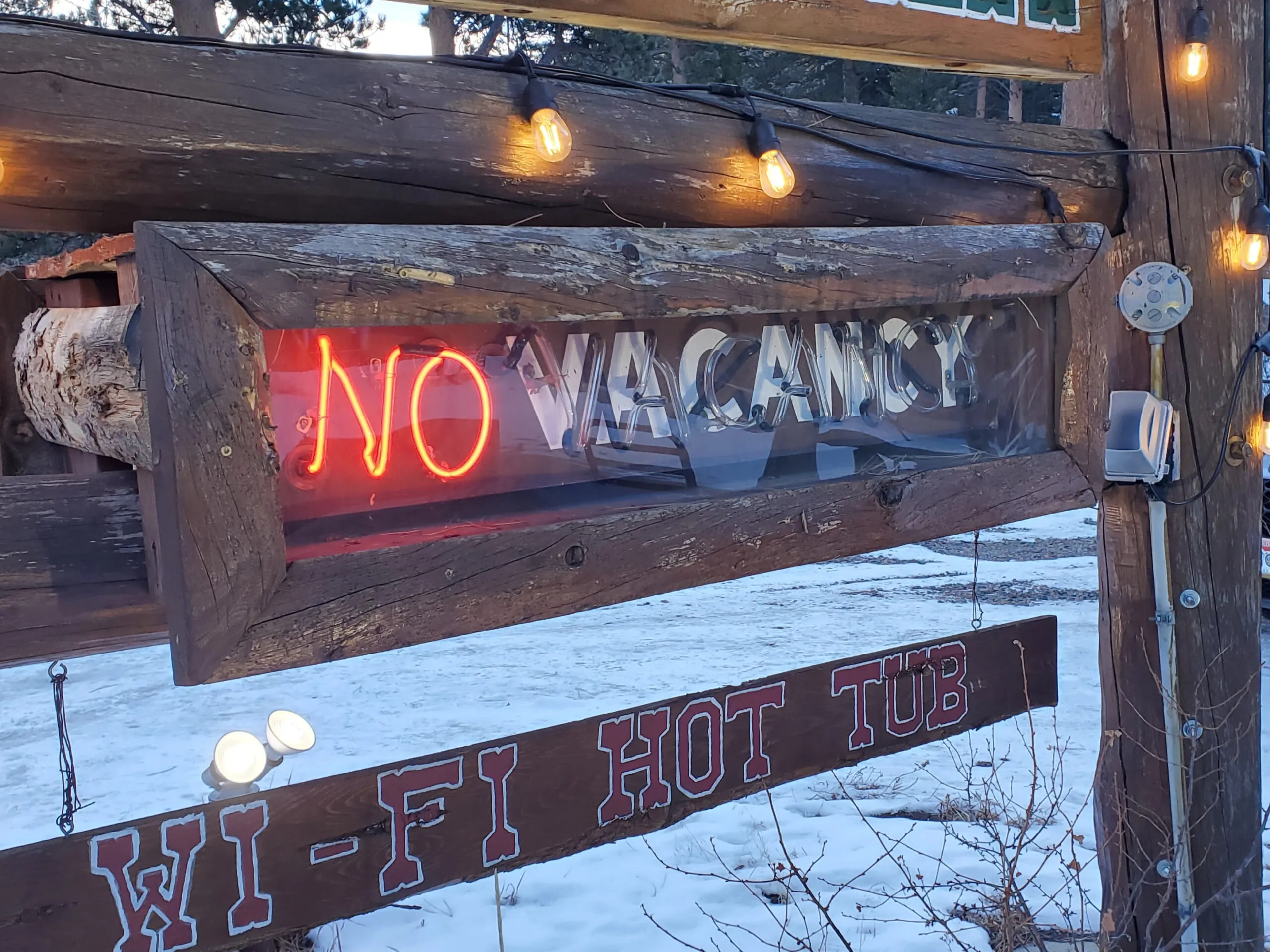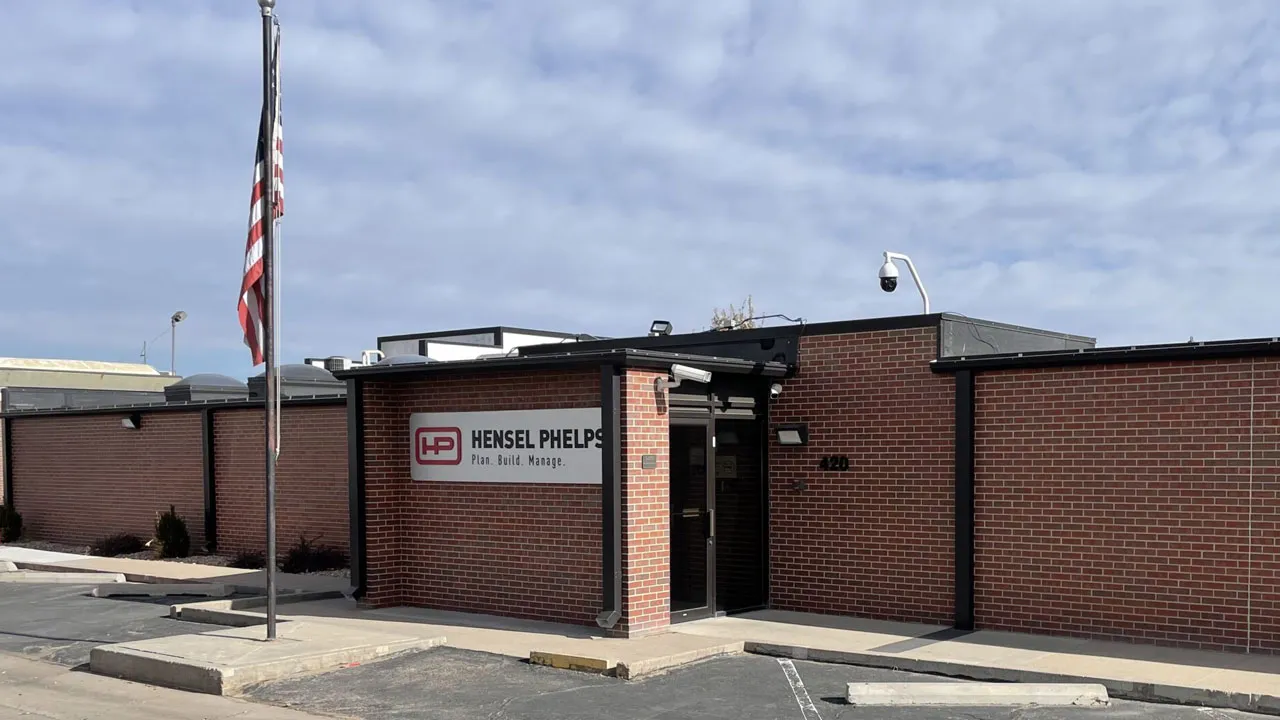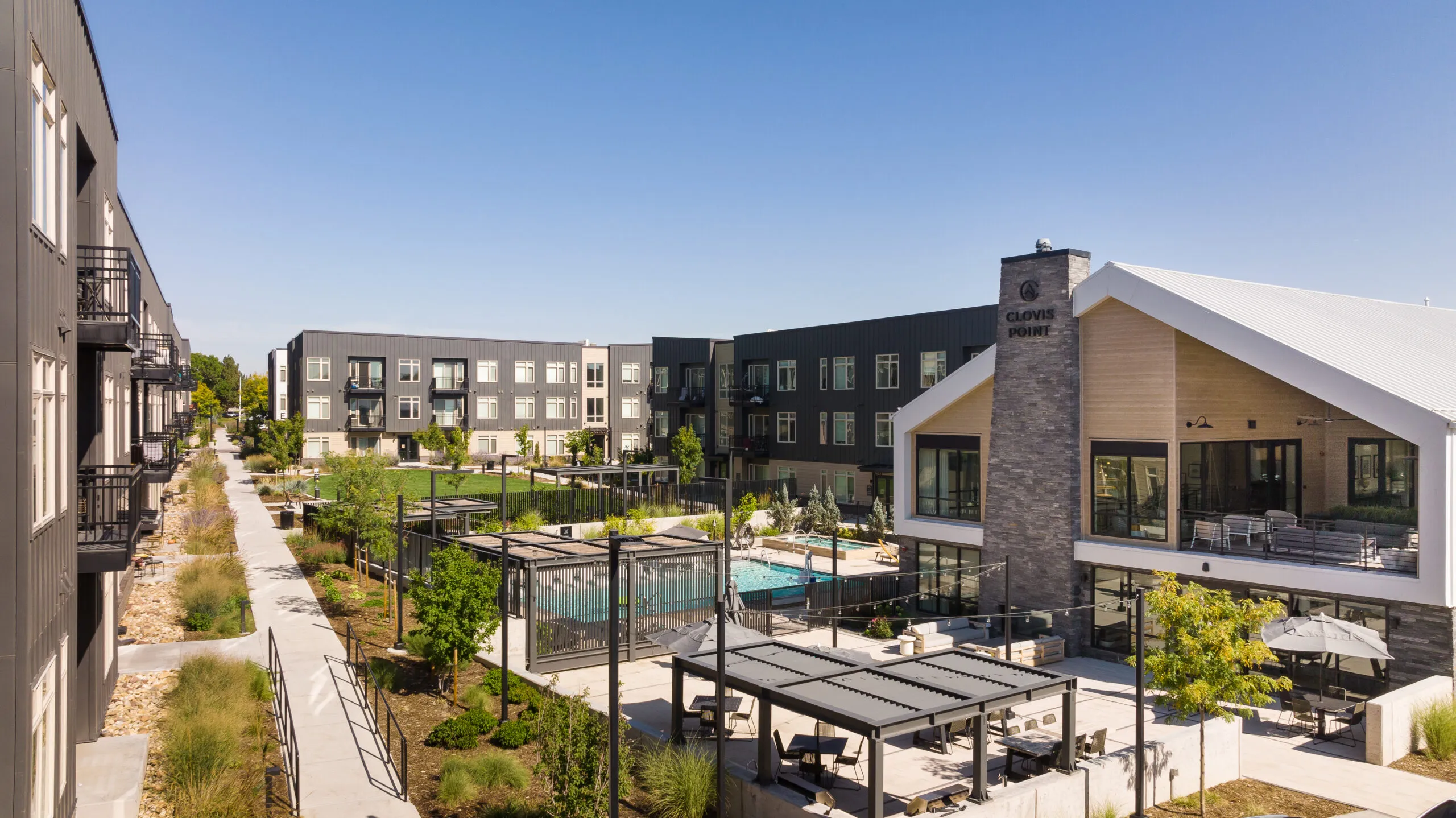Will COVID-19 nail the coffin for struggling shopping centers?
What's next for real estate: Retail Sector

Brick-and-mortar retailers that have struggled for the better part of two decades to adapt to the new reality of e-commerce are now facing a threat even more existential: the COVID-19 outbreak and its rippling effects such as government mandated shutdowns, capacity restrictions, mask orders and the psychological barrier of getting customers back into confined public spaces.
Recently, the Boulder Valley and Northern Colorado region has seen a spate of closure announcements at high-profile retailers including Nordstrom Inc.’s (NYSE: JWN) Flatirons Crossing store in Broomfield, JCPenney stores in Fort Collins and Greeley, Pier 1 Imports Inc. locations in Fort Collins and Loveland, and The Loft women’s clothing store at the Twenty Ninth Street shopping area in Boulder. Others, like Boulder’s Macy’s location, remain open, but the writing is on the wall as developers are champing at the bit to turn the store into office space.
“I think there are going to be more retailers in the U.S. that close,” DJM Real Estate LLC chief retail officer Stenn Parton said. “We’re over-retailed.” Parton, based in California, is often sought out by McWhinney, the developer of retail sites in Northern Colorado and Broomfield.
Last year nearly 10,000 retail stores closed, according to Coresight Research. In 2020, that total — already a record number of closures for a single year — could reach 25,000.
As current trends continue to play out, the best retail brands and concepts will continue to consolidate while struggling stores will deteriorate even faster, Parton said.
The Amazon effect
One of those trends is e-commerce, which, according to a 2019 McKinsey & Co. report, has accounted for more than 40% of U.S. retail sales growth since 2016.
“Forrester Research estimates that by 2022, e-commerce will account for 17% of total retail sales (ranging, by category, from 4% in grocery to 66% in electronics),” the McKinsey report said.
Those figures may prove to be underestimated as the COVID-19 crisis has supercharged the shift toward online shopping.
“Even consumers who didn’t like using the internet [for shopping] in the past have been forced to use it” during the pandemic, said Tracy Thie, cofounder of marketing agency Powerplay Retail.
Still, there are a few categories of goods, groceries for example, that most people still prefer to buy in person.
During the height of the COVID-19 restrictions, landlords with shopping centers that included essential businesses such as grocery stores or superstores such as Target or Walmart “have seen collections of rent that are higher than landlords with fewer or no essential businesses,” Parton said.
Thie agreed, saying, “Places like Target and Walmart have kept themselves relevant” despite all the challenges in the brick-and-mortar retail space.
“General merchandisers are in a much better position because they were able to stay open the entire time while everyone else is fighting to get their customers to come back,” he said.
Mall…rats
Once considered popular community gathering places and powerful economic engines, malls have struggled to maintain relevance in the minds of modern shoppers.
By 2022, a quarter of all U.S. malls are expected to close, according to a 2017 report by Credit Suisse. The rate of closures for individual stores within malls is far higher.
When an anchor store at a mall closes, it can have devastating and compounding impacts for landlords because of co-tenancy language in leases.
Anchors have traditionally driven traffic to malls and they add significant value for smaller stores in the middle of a mall. Co-tenancy language provides those smaller stores an opportunity to receive significant rent discounts if a mall loses one or more anchors.
Parton cited a recent example of a mall on which he performed due diligence that saw two anchors close and rents reduced by 40% for the remaining tenants.
“It’s a material amount of money that will really affect many of these malls,” he said.
During a recent Real Estate CEO Roundtable hosted by BizWest, Loftus Developments Inc. owner Jim Loftus noted that struggles in the retail sector “have been going on before coronavirus” and said he “would be really apprehensive about building a big shopping center” without a proven anchor tenant.
Thie said he believes mall anchors such as “Macy’s will still be around, but I think it’ll be a completely different looking Macy’s in a year.”
That new look could mean a smaller footprint with fewer items on display on the shopping floor.
He offered some advice for retailers: “Declutter the stores and make it easy to shop.”
Making shopping enjoyable will be key, he said, otherwise people won’t take the risk.
“Leave enough room for people to walk so they don’t feel like they’re crammed in the store,” Thie said. “People want good sightlines because they’re already on edge” about being around other shoppers who may have COVID-19.
Of course, it isn’t just department stores that are struggling. The smaller stores within malls have their own challenges.
“Mall operators are going to have to be very flexible with these [tenants] because the last thing you want is for them to go out of business and file bankruptcy,” Thie said. “In that case, [operators] won’t get anything.”
W.W. Reynolds Cos. CEO Jeff Wingert said during BizWest’s roundtable that he has “some pretty big concerns going forward once some of this [Paycheck Protection Program] funding runs out for the tenants. What are they going to do and how will we handle them, especially our small local retailers?”
Mixing it up
Mixed-use shopping districts that offer retail, entertainment, dining, recreation, office, and even some industrial uses are the wave of the future, many experts say.
“Perhaps you could convert department stores to offices, bring in multi-family [residential units], or hospitality,” Parton said.
That’s already starting to happen locally.
Macerich Co., a large owner of retail properties in the region, plans to redevelop the Flatirons Crossing shopping center, a project that could be expedited by the impending closure of Nordstrom.
Preliminary conceptual plans, reviewed last year by the Broomfield City Council, call for the phased construction of a 100- to 200-room hotel, 650 to 850 residential units, 415,000 square feet of office space, a five-story parking garage with 850 spaces and a 3,000-square-foot pavilion to be built just south of the existing Nordstrom site.
Prudent landlords “have been anticipating this [retail downturn] happening and were not 100% reliant on the existing cash flows,” Parton said. “They’re looking at redevelopment plans and looking at how to reposition this retail project into something that’s mixed use.”
Because of the psychological impediments some shoppers may have toward spending extended periods of time indoors with strangers, “there’s going to be a premium on outdoor space, on public space and on the ability to activate patios,” he said.
Parton said one likely evolution of retail centers could help bridge the gap between e-commerce players such as Amazon and brick-and-mortar operators.
“Regional malls are tremendous locations for last-mile distribution,” he said. Increasingly, online shoppers may order goods from Amazon only to have those orders delivered from distribution centers located within the same department stores Amazon helped put out of business.
“What we are going to see more of in the next two or three years is existing retail spaces being approved by cities for light industrial uses,” Parton said. “Cities are going to be much more open minded.”
On a similar note, he said, surviving retailers may convert portions of their existing store footprints into mini-distribution centers where delivery orders will be fulfilled and taken to a customer’s home, perhaps by a gig economy driver like restaurants do with DoorDash or Grubhub.
See related stories
Office demand may never be the same after COVID-19
Brick-and-mortar retailers that have struggled for the better part of two decades to adapt to the new reality of e-commerce are now facing a threat even more existential: the COVID-19 outbreak and its rippling effects such as government mandated shutdowns, capacity restrictions, mask orders and the psychological barrier of getting customers back into confined public spaces.
Recently, the Boulder Valley and Northern Colorado region has seen a spate of closure announcements at high-profile retailers including Nordstrom Inc.’s (NYSE: JWN) Flatirons Crossing store in Broomfield, JCPenney stores in Fort Collins and Greeley, Pier 1 Imports Inc. locations…





